Monstera Deliciosa Flower - Growing Swiss Cheese Plant For Flowers And Fruit
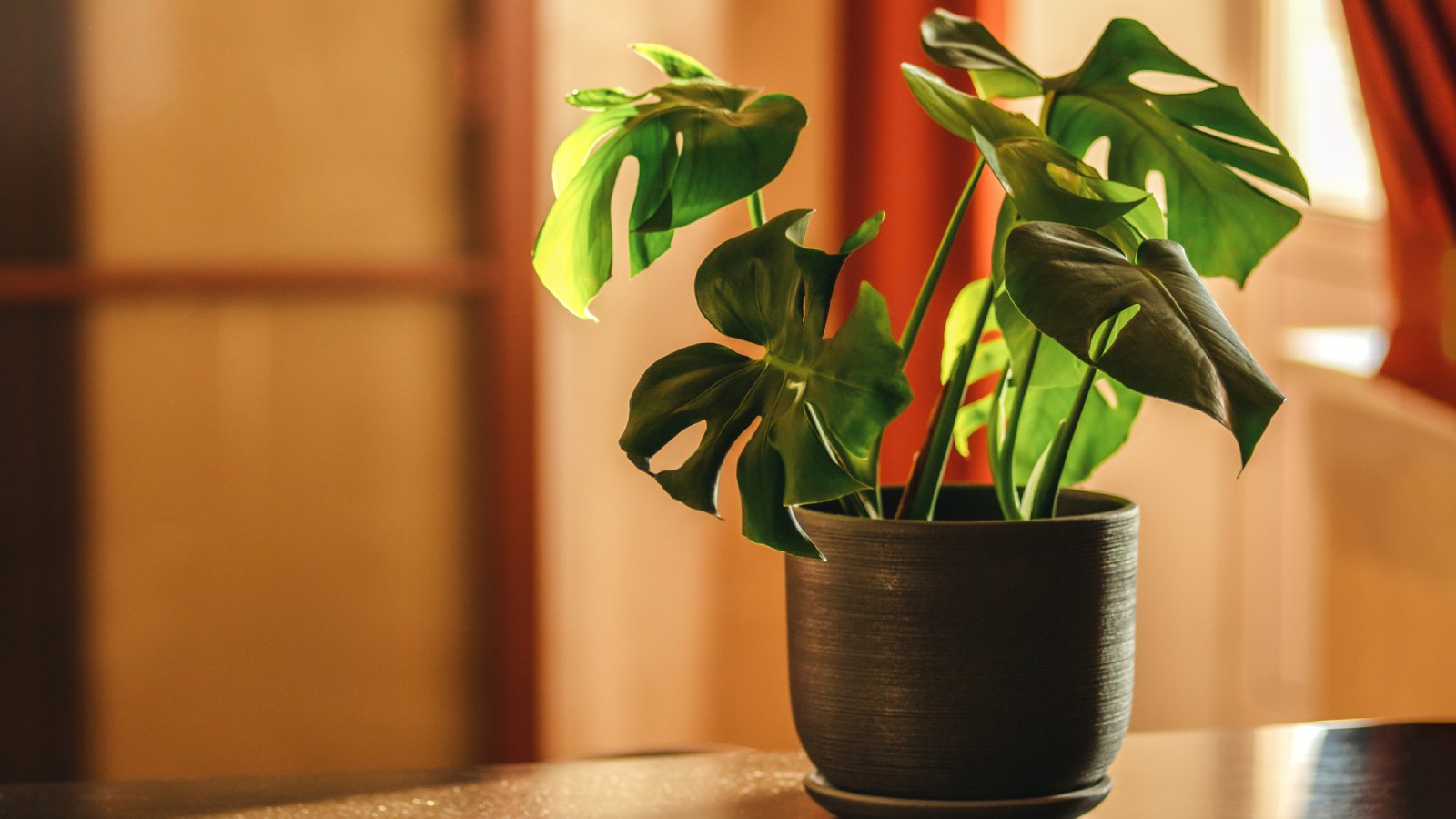
Split leaf philodendron or Monstera deliciosa is a commonly grown houseplant. But in its native environment, the plant is a liana epiphyte, a clinging vine that climbs up trees with its tentacle-like air roots that can reach 70 feet (21 m.) or more in length. In the wild, Monstera deliciosa flower and fruit, but they rarely do so when grown as houseplants. Is it possible to get a Monstera plant to flower? Conditions need to be just perfect for a Monstera to bloom, but it isn’t impossible.
Monstera Deliciosa Flower
Monstera belongs to the same plant group as skunk cabbage and Jack-in-the-pulpit, and the resulting monstera plant flower looks much the same. The Monstera “flower” is a fleshy erect spadix or spike with tiny blooms surrounded by a boat-shaped spathe. Monstera deliciosa flowers are creamy white and large, about 8-12 inches (20-38.4 cm.) in length.
Monstera Deliciosa Fruit
A Monstera may bloom and fruit at the same time due to the lengthy period of time the plant takes to bring an inflorescence to a mature fruit. This means there will be ripening fruit, immature fruit and unopened inflorescences appearing concurrently on the same plant. Monstera fruit takes 12-14 months to ripen.
Monstera fruit is called a spadix and is comprised of numerous berries that are initially covered by a waxy bract (spathe) that drops from the fruit as it matures. The green, cone-like fruit is 8-14 inches (20-36 cm.) long by 2-3.5 inches (5-9 cm.) across. The outer peel is composed of hexagonal shaped scales that cover the sections of off white, juicy pulp.
Among the fruit segments are small black remnants of flowers and very rarely any seeds.
The fruit of Monstera deliciosa, as with the entirety of the plant, contains oxalic acid. However, it is rendered harmless once the fruit has matured.
How to Make Monstera Bloom
Native to wet forests of southern Mexico, Guatemala and portions of Costa Rica and Panama, Monstera cannot handle cold temps. Creating the exact conditions to mimic these regions in order to get Monstera to bloom would likely require a climate controlled greenhouse.
Gardening tips, videos, info and more delivered right to your inbox!
Sign up for the Gardening Know How newsletter today and receive a free copy of our e-book "How to Grow Delicious Tomatoes".
In the wild, Monstera thrives in semi-shade in well-drained, rich, moist loam.
In the home, Monstera should be grown in bright light in the summer and direct sun in the winter, with warm room temperatures and medium to high humidity. The soil should be nutrient rich and the container should be large enough to provide ample growth space.
A support such as a moss covered slat should be used to keep the stems from breaking. Water deeply and then allow the soil to dry slightly between waterings. Make sure to water the moss covered support as well.

Amy Grant has been gardening for 30 years and writing for 15. A professional chef and caterer, Amy's area of expertise is culinary gardening.
-
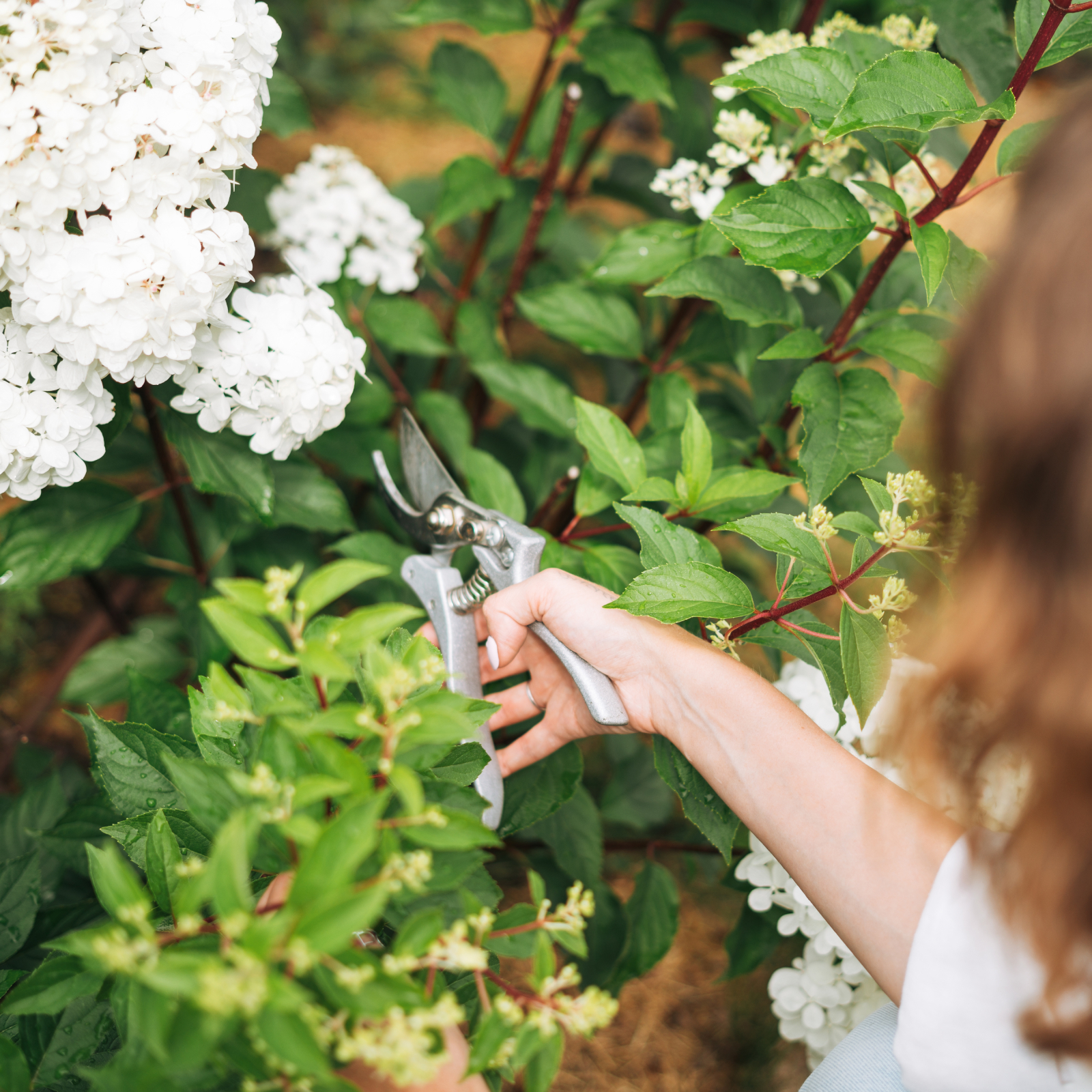 Pruning Limelight Hydrangea Bushes For Bigger Blooms & Stronger Plants
Pruning Limelight Hydrangea Bushes For Bigger Blooms & Stronger PlantsPruning 'Limelight' hydrangea will benefit the shrub. Flowers will be more bountiful the next year and branches will be stronger. Learn how and when to prune.
-
 What’s Wrong With Your Azaleas? Identify, Tackle And Prevent 6 Common Azalea Pests
What’s Wrong With Your Azaleas? Identify, Tackle And Prevent 6 Common Azalea PestsIf you’ve spotted signs of azalea leaf damage, don’t panic – here’s how to identify the most common azalea pests so you can take action swiftly and keep plants healthy
-
 Monstera Esqueleto Care Guide
Monstera Esqueleto Care GuideMonstera esqueleto is a high-drama houseplant with natural holes in its leaves. It loves to climb and enhance your living space with its big evergreen presence.
-
 Why Is My Monstera Not Growing Split Leaves?
Why Is My Monstera Not Growing Split Leaves?If your Monstera leaves aren't splitting, there could be several ways to fix the problem. Here's how to get that lovely Swiss cheese look.
-
 Variegated Monstera Plant Varieties To Grow Indoors
Variegated Monstera Plant Varieties To Grow IndoorsMonstera are tremendously popular houseplants. Especially the attractive variegated Monstera deliciosa. Click to find out more.
-
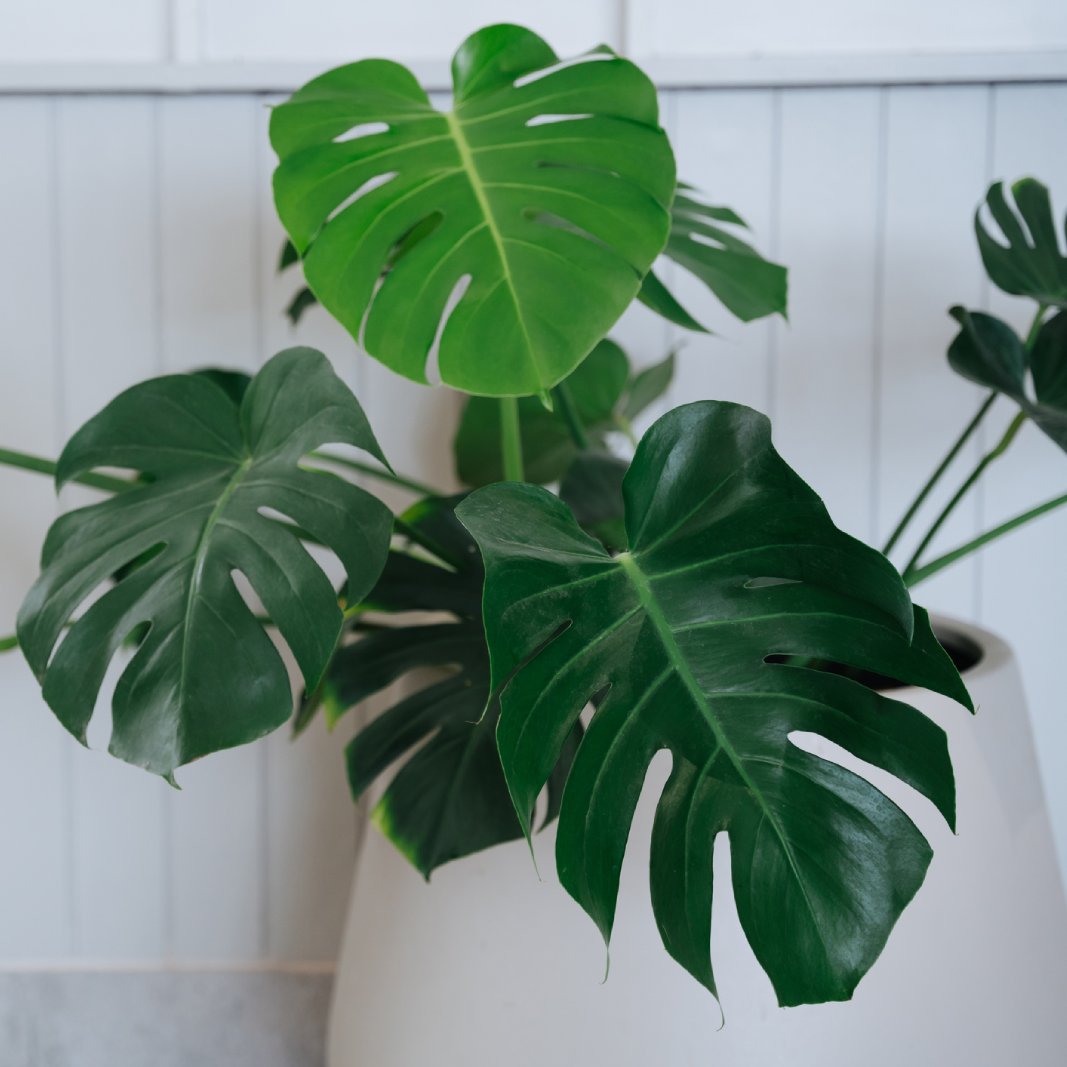 7 Types Of Monstera Every Plant Lover Should Have In Their Collection
7 Types Of Monstera Every Plant Lover Should Have In Their CollectionWith their deep leaf splits and wild variegation, monsteras are real show-stopping houseplants. Here are seven of our favorites.
-
 Learn What To Do With A Leggy Monstera
Learn What To Do With A Leggy MonsteraLeggy monstera can be rehabilitated with a little know how. Pruning leggy monstera isn't difficult. Click here to find out more.
-
 Adanson’s Monstera Plant Care: Tips For Growing A Swiss Cheese Vine
Adanson’s Monstera Plant Care: Tips For Growing A Swiss Cheese VineAdding interesting houseplants is just one of the many ways that growers can continue to nurture their love of growing in small spaces or throughout the winter months. Adanson’s monstera plant is unique and can instantly add visual interest to any room. Learn more here.
-
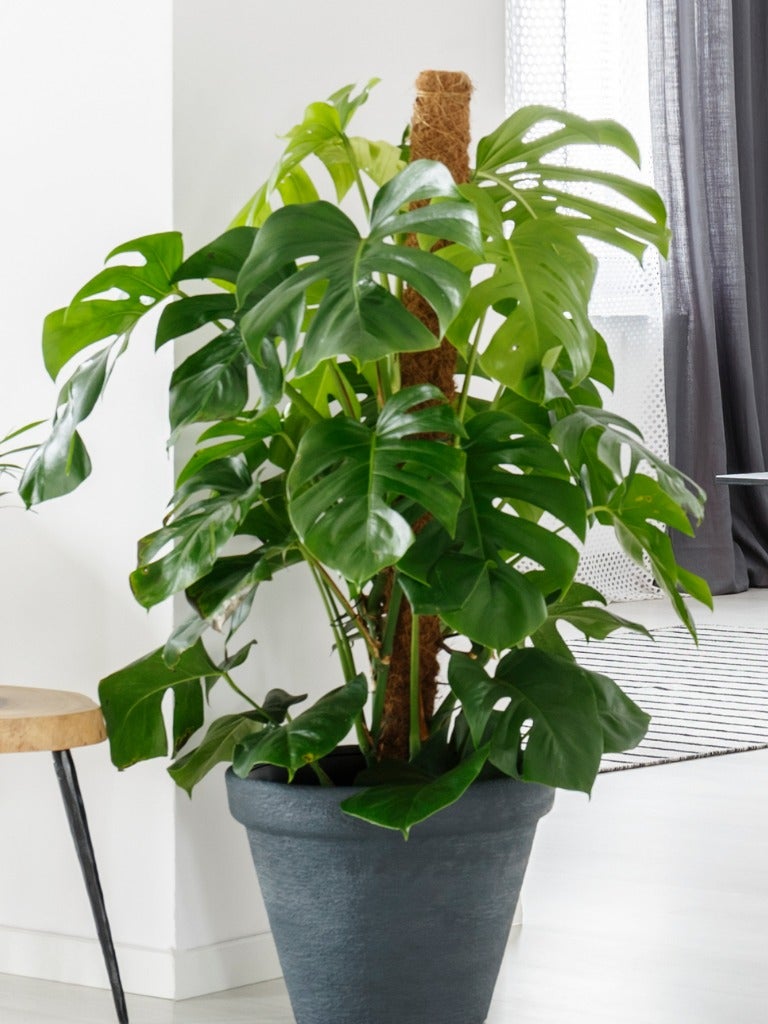 How To Use A Moss Pole On Your Monstera Plant
How To Use A Moss Pole On Your Monstera PlantA moss pole monstera is simply a Swiss cheese plant whose roots grow and attach to a moss-covered pole. Does this impressive plant need one of these? Yes! It’s an epiphyte that gets its nourishment from the surrounding air and water.
-
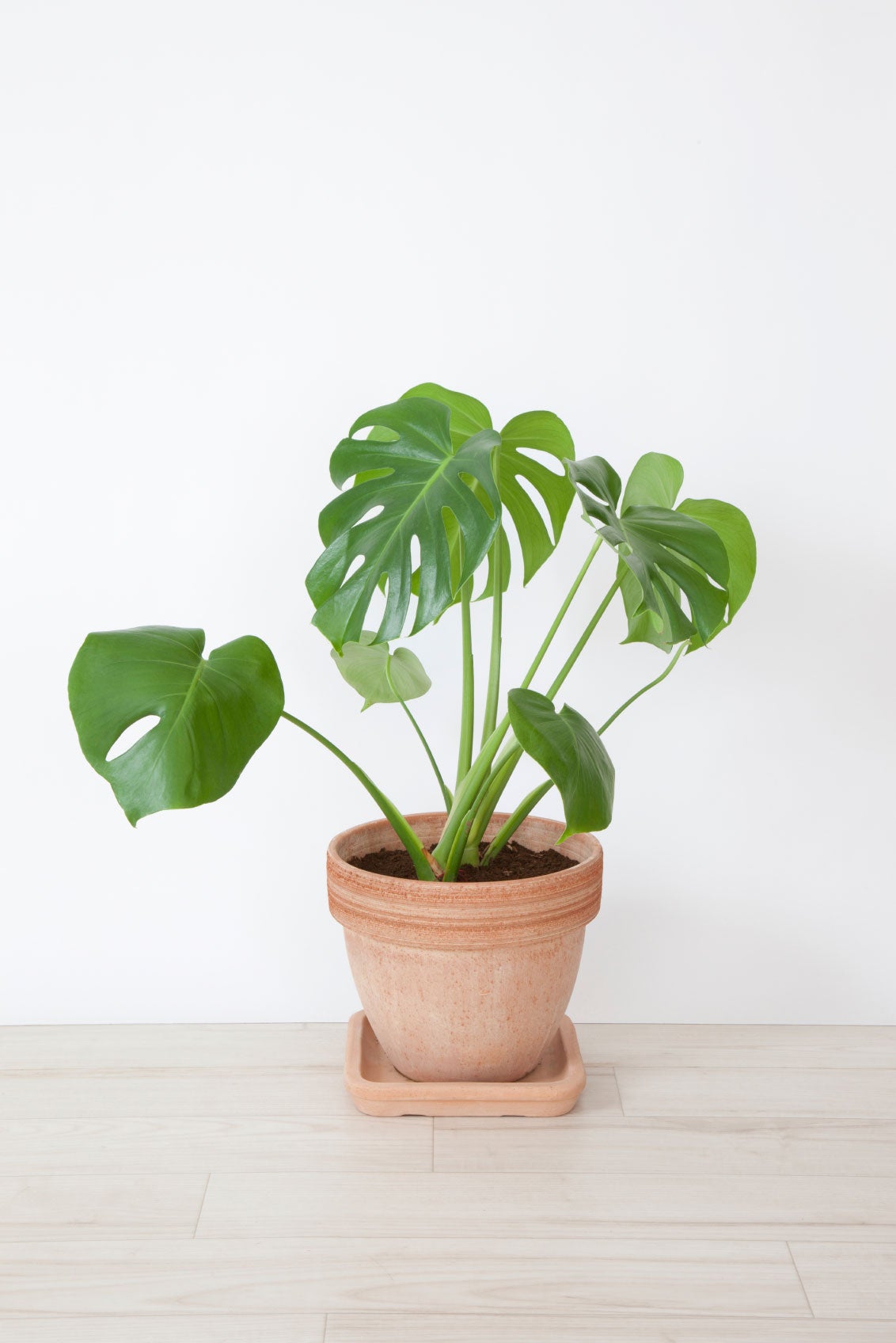 Repotting Cheese Plants: How And When To Repot Monstera
Repotting Cheese Plants: How And When To Repot MonsteraSwiss cheese plants should be repotted every few years to ensure adequate soil nutrition and space. Learn how to repot a Swiss cheese plant in this article for a long-lived, healthy specimen that graces your home or office.